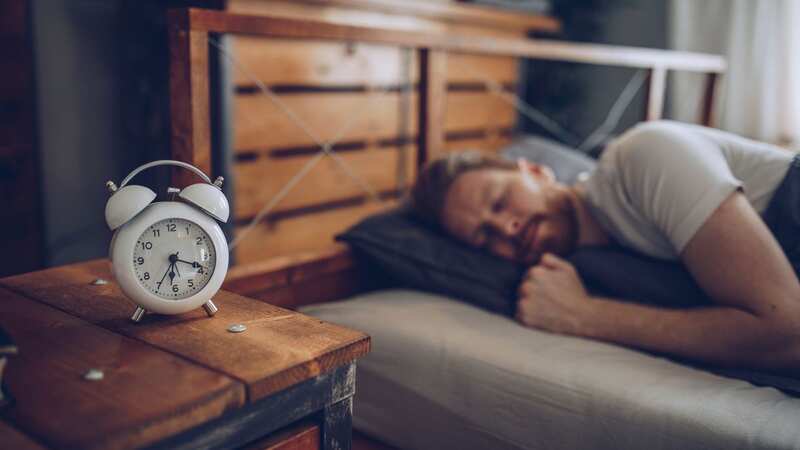Step-by-step guide to what happens to your brain when the clocks go back

On 29 October, the clocks go back, blessing us all with an extra hour of much-needed sleep. The downside is that it also means that the evenings are about to get longer, with sunset hitting us all earlier, but at least we will feel the benefits of more light in the mornings - as sunrise also becomes an hour earlier.
However, we'll only really see the impact of this for a couple of weeks when we are waking up, before the shortening days mean that we are likely getting ready for work in the darkness. The end of British Summer Time (BST) means that the UK will be returning to Greenwich Mean Time (GMT), but other than a truly glorious extra hour of sleep, there are also a number of other impacts that the change in clocks brings with it that all of us will feel.
Contrary to popular opinion around clocks going back, there are many health benefits, as the switch affords us more morning light and an increased amount sleep. More light in the mornings is associated with an improved level of brain function - this is because of something called the cortisol awakening response (or CAR).
The CAR occurs in the half an hour after we have woken up and is part of our natural, internal body clock, which is known as the circadian rhythm. When it's dark, our brains emit less cortisol - also known colloquially as the stress hormone - in favour of melatonin, which sends the signal that it's type to settle down to sleep.
According to the Conversation, "light intensity is detected by special cells in the retina and this information is relayed to the internal body clock, located deep in a part of the brain called the suprachiasmatic nucleus [...] We are unaware of these light messages as they have nothing to do with conscious vision. Their sole job is to internalise information about environmental light intensity."
 Make-up artist's eyeshadow trick to get 'Charlotte Tilbury' look for less money
Make-up artist's eyeshadow trick to get 'Charlotte Tilbury' look for less money
When we wake up without much light the level of cortisol present in the CAR is lower, so we don't always feel our best. This is one of the reasons that some people struggle with Seasonal Affective Disorder (SAD), because a study has shown that those who suffer from the disorder have lower levels of the CAR.
However, the researchers have some good news too - you can hack your CAR level and make it more "robust" with artificial light after the initial burst of lighter mornings is over and the shorter days have taken hold. This will lead to "a bigger burst of cortisol in the morning (the CAR) [which] has been linked with better brain plasticity (the capacity to learn) and function – especially better goal-setting, decision-making and planning".
The other major impact that the return to GMT will bring is the extra sleep - we need extra sleep in the wintertime, with a recent study showing that we get half an hour more REM sleep in the winter. Older studies have shown that more of this sleep type improves memory and brain function, and also helps protect against illnesses like cancer, diabetes and stress.
So while the shorter days and darker evenings might seem on the surface like something to dread, leaning into getting more rest during the colder months can promote better health. If the darker days start to impact your mood negatively, make sure to look into an artificial light source like a SAD lamp, which has been proven to have the potential to help you improve your mornings and beat the winter blues.
Do you have a story to tell? Email: emma.mackenzie@reachplc.com
Read more similar news:
Comments:
comments powered by Disqus

































